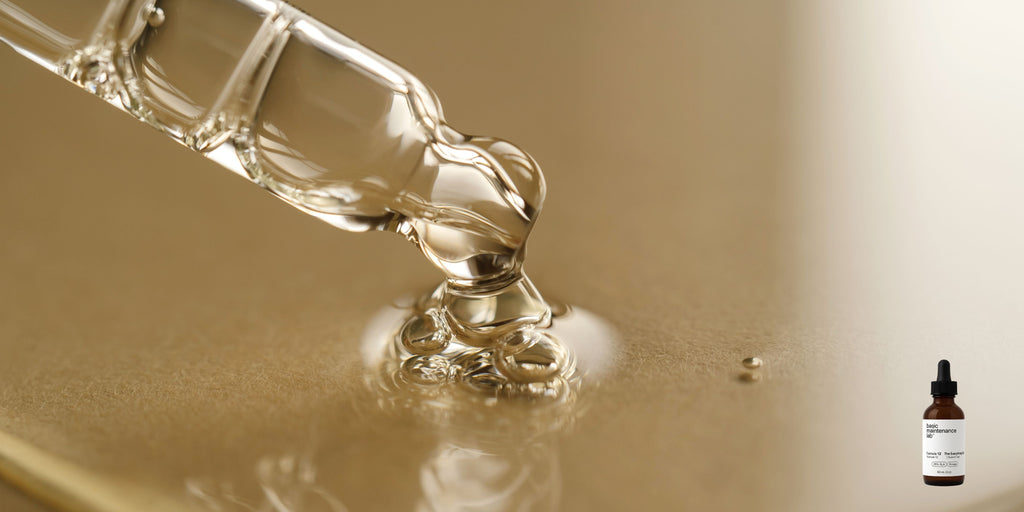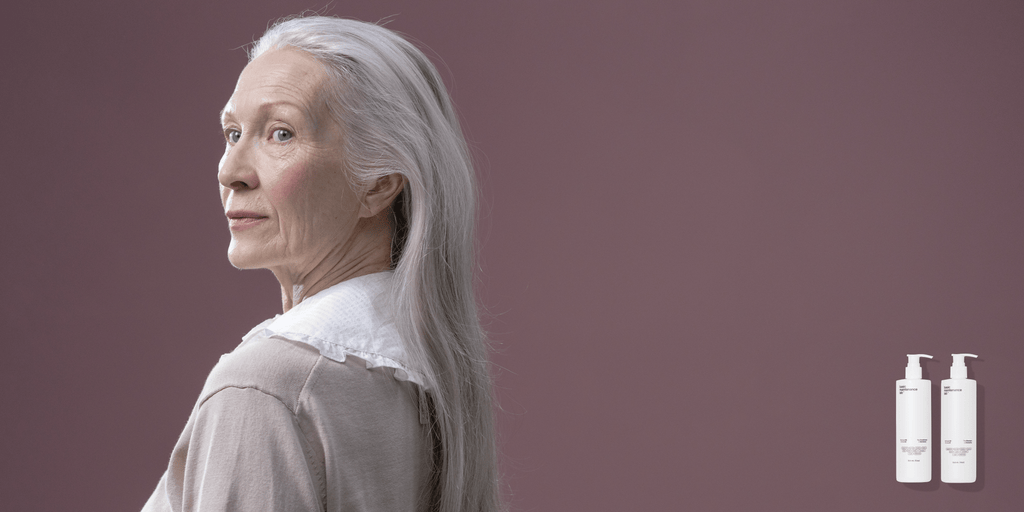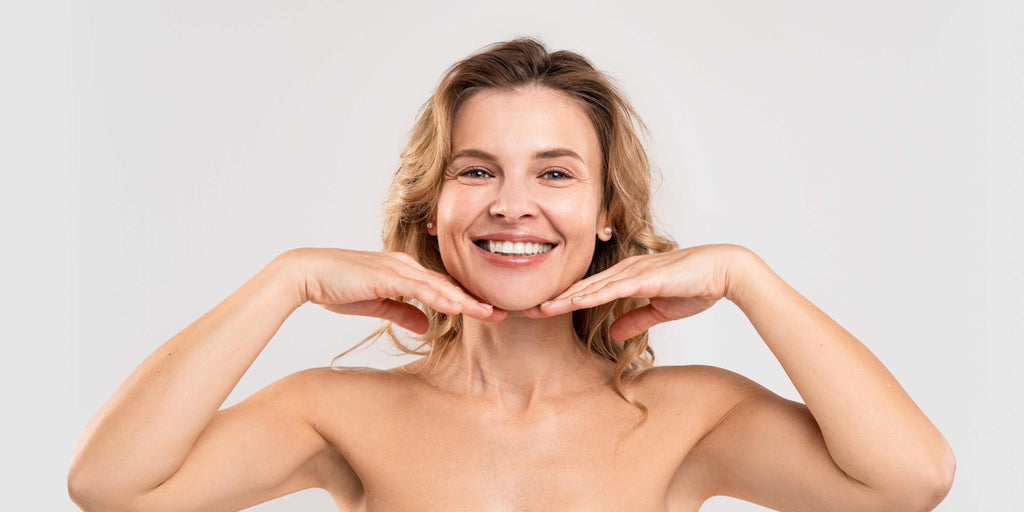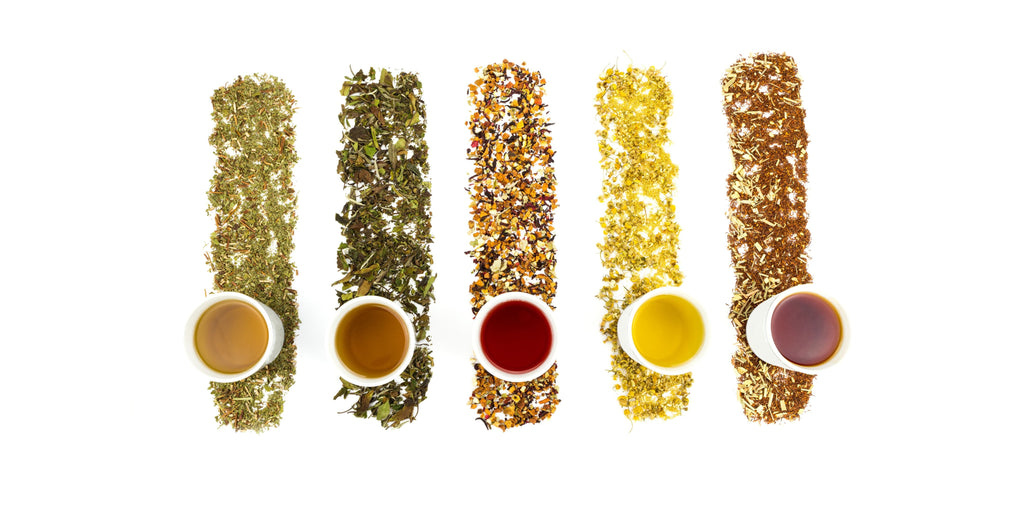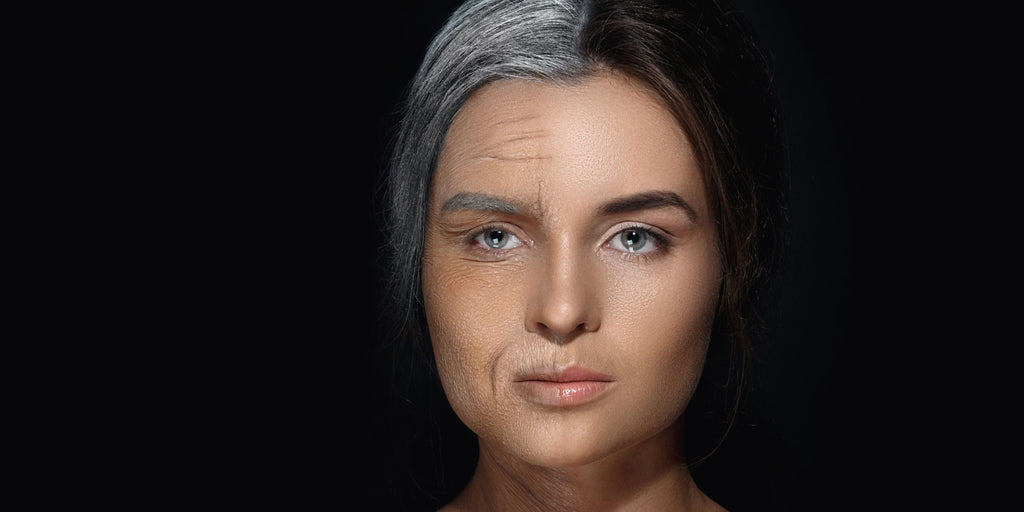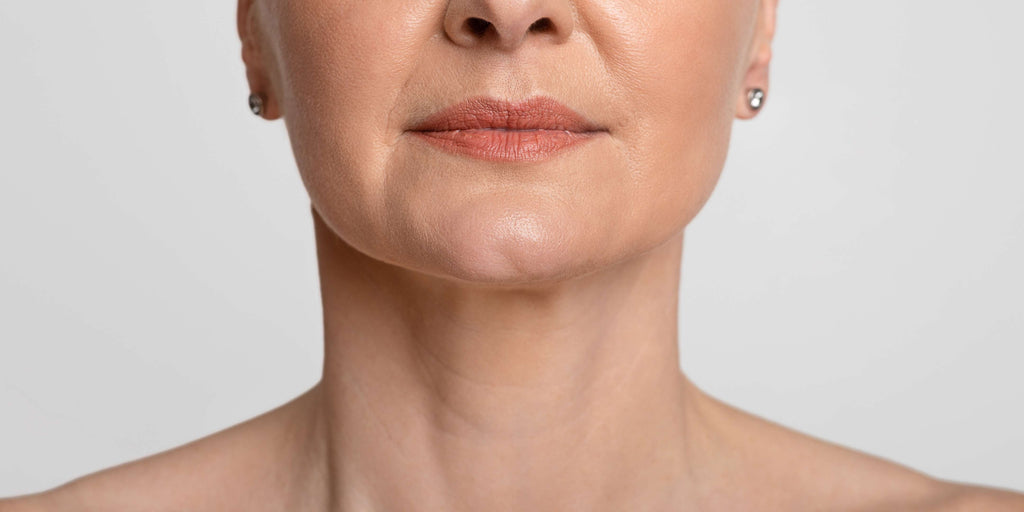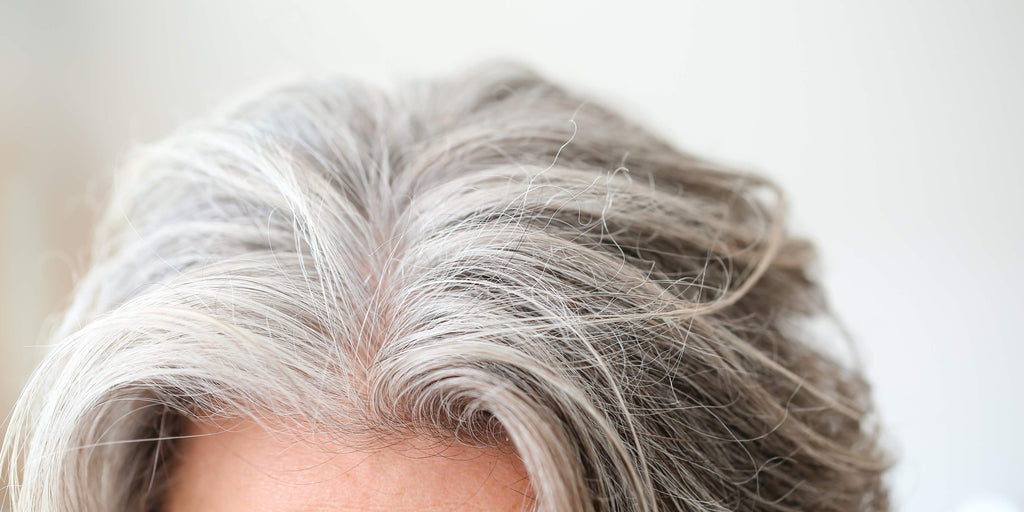GLA: The Unsung Hero Your Skin and Hair Have Been Desperate For
You’ve tried retinol. You’ve tried hyaluronic acid. You’ve tried oils, creams, and serums that promised the world. Yet your skin is still dry, inflamed, or aging faster than you’d like.
There is one reason your routine might be failing. It is missing a single, critical nutrient: GLA (gamma-linolenic acid).
Most people have never even heard of it. And yet, it could be the difference between products that work for a few weeks and true, lasting transformation.
This is the ingredient that rebuilds your skin and hair from the ground up. And if you’re not using it, your barrier is still weak, your scalp is still struggling, and all those “miracle” products will continue to disappoint you.
What Exactly Is GLA?
GLA is a rare omega-6 fatty acid found in borage oil and evening primrose oil. Unlike most other oils, it goes far beyond just moisturizing the surface of your skin.
When absorbed, GLA converts into prostaglandin E1, a powerful anti-inflammatory molecule that strengthens your skin barrier, reduces irritation, and locks in hydration.
GLA is also a direct precursor to ceramides and collagen, which means it helps your skin rebuild itself and regain the bounce and firmness of youth.
And here is the shocking part: most oils you find on the shelf only contain 2-5% GLA. Borage oil contains up to 25% GLA which makes it the richest source of this ingredient in the world.
Why Your Skin and Hair Are Craving GLA (And Probably Aren’t Getting It)
Your skin and scalp barriers are like brick walls. They keep water in and irritants out.
But when that barrier weakens, everything breaks down. You see it in the mirror:
-
Chronic dryness and tightness
-
Redness, irritation, or eczema flare-ups
-
Increased fine lines and sagging
-
Breakouts and inflamed patches
-
Hair that frizzes, breaks, or sheds
Most products simply mask these symptoms. They add temporary moisture, smooth the surface, and trick you into thinking your skin is improving.
GLA fixes the root cause. It fortifies your barrier so your skin and scalp can finally function the way they were meant to.
The Science Behind GLA
GLA is one of the few ingredients that can truly transform the health of your skin. Here is how it works:
-
Strengthens the Barrier: By increasing ceramide production, GLA rebuilds your skin’s natural barrier so it can hold onto hydration and repel irritants.
-
Reduces Inflammation: GLA converts into anti-inflammatory molecules that calm redness, irritation, and eczema at the source.
-
Restores Moisture Balance: It corrects both dryness and excess oiliness by regulating your skin’s natural oil production.
-
Supports Collagen: With a stronger barrier and better hydration, your skin can repair itself and build new collagen more effectively.
And the benefits don’t stop at your face. GLA does the same for your scalp and hair.
The Hair and Scalp Benefits of GLA
Your scalp is skin too. When it is inflamed or dry, your hair follicles suffer.
GLA helps to:
-
Soothe irritated, itchy scalps
-
Stop flaking and dandruff at the source
-
Strengthen hair follicles so they shed less
-
Repair brittle strands and improve elasticity
-
Smooth frizz and add natural shine without silicones
This is not about a shiny finish that washes away in your next shower. GLA actually improves the structure of your hair over time.
Why GLA Is Different From Every Oil You’ve Tried
Most oils just sit on the surface. They feel good for a few hours, but they do not penetrate deeply enough to actually repair your barrier.
GLA-rich oils, especially borage oil, work differently. They absorb quickly and are metabolized by your skin cells to rebuild barrier lipids and reduce inflammation.
-
They do not clog pores: GLA is non-comedogenic and suitable for acne-prone skin.
-
They work for sensitive skin: Because they support your barrier, they actually reduce reactivity.
-
They address the cause, not the symptom: Instead of coating dryness, they help your skin produce its own moisture again.
How To Use GLA For Maximum Results
You do not need to overhaul your routine. In fact, GLA is most effective when you add it directly into what you are already using.
-
For Skin: Mix 2–3 drops into your favorite moisturizer or apply 5–6 drops directly to clean skin.
-
For Hair: Add 2–3 drops to your conditioner before rinsing. For extra moisture, smooth a few drops onto damp ends after your shower.
The key is consistency. Used daily, your skin and scalp will begin to rebuild themselves from the inside out.
Choosing the Right GLA Product
This is where most people go wrong.
-
Purity matters: Many “borage oil” products are diluted with cheaper carrier oils.
-
Concentration matters: If it doesn’t deliver at least 20–25% GLA, you will not see real results.
-
Stability matters: Heat, light, and oxidation can destroy the potency of GLA before it ever touches your skin.
That is why we created The Everything Oil. It is the only product that combines 25% pure GLA with antioxidant-rich botanicals in a formula designed to enhance both skin and hair health.
What You Can Expect When You Finally Start Using GLA
Within the first week, your skin will feel calmer, softer, and less reactive.
By the second and third weeks, you will notice your moisture levels improving and your complexion looking more even.
By the end of the first month, the difference is undeniable:
-
Fine lines and wrinkles soften
-
Redness and flare-ups fade
-
Your skin feels stronger and more balanced
-
Hair looks healthier, shinier, and easier to style
GLA does not work overnight. But when used consistently, the results are life-changing.
Stop Chasing Quick Fixes. Give Your Skin What It’s Been Missing.
You do not need another “miracle” cream. You do not need to add five more steps to your routine.
You simply need to give your skin and hair the essential nutrient it has been deprived of for decades.
GLA is the missing link. And The Everything Oil is the most powerful way to get it.
When you start using it, you will finally see what healthy skin and hair are supposed to look and feel like.
Continue reading
